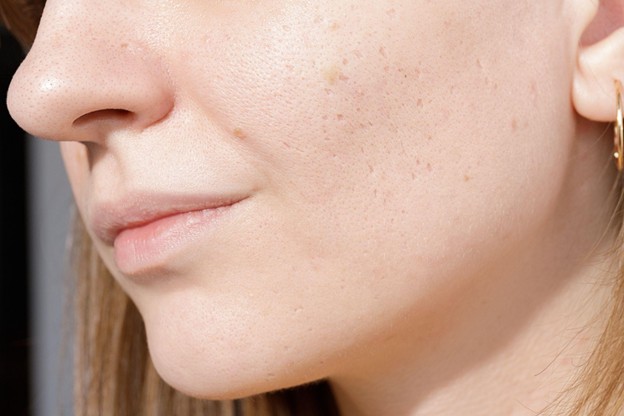-
 mederma@winmedicare.com
mederma@winmedicare.com
- No.1 Dermatologist Recommended Scar Brand
-
 Login
Login

Atrophic scars are a natural part of the skin’s healing process, forming when there is a loss of collagen during recovery. While these scars may seem permanent, various atrophic scar treatments can help refine their appearance, making the skin look smoother and more even over time.
By combining professional treatments with skincare solutions, it is possible to support the skin’s natural renewal. Understanding the causes and treatment options for atrophic scars can empower individuals to embrace their skin’s journey while taking steps toward enhanced skin texture.
Atrophic scars are sunken or uneven areas on the skin. Unlike raised scars, which result from excess tissue, atrophic scars occur due to tissue loss, leading to a sunken appearance. These scars can be classified into three types:
Also Read – How to Get Rid of Acne Scars Overnight
Atrophic scars form when the skin produces insufficient collagen during healing. Common causes include:
Atrophic scars may not disappear entirely, but various atrophic scar treatments can help improve their appearance by stimulating collagen production and refining skin texture. Some effective options include:
1.Dermatological Procedures
Dermatological procedures offer various solutions for improving skin texture and reducing the appearance of scars. Microneedling uses fine needles to stimulate collagen production, helping to refine the skin’s surface. Laser therapy targets scar tissue, promoting regeneration and smoothing out depressions.
Chemical peels work by exfoliating the top layer of skin, encouraging new cell growth for a refreshed look. Injectable fillers provide a temporary solution by lifting depressed scars, creating a smoother and more even skin appearance. Each of these treatments can be customised to individual skin needs for effective results.
2.Topical Treatments
Consistent use of topical treatments for atrophic scars can help improve their appearance over time. These treatments work by supporting the skin’s natural healing process, promoting renewal, and gradually improving texture.
While results may take time, regular application can lead to noticeable improvements in skin smoothness and scar visibility. Choosing the best scar cream for atrophic scars and applying it as directed can enhance the skin’s overall appearance and support long-term scar management.
Scar creams play a significant role in improving skin texture and promoting healing. The carefully crafted scar cream enhances the skin’s natural healing process. Here is how it works:
For the best results, apply the scar cream before bed and massage it gently into the affected areas. Improvements can be visible over time.
Also Read – When to Start Scar Treatment After Surgery
While some scars are unavoidable, following these steps can reduce the chances of developing atrophic scar tissue:
Treatment for atrophic scars takes time, and patience is essential. Here is what to expect:
Take Control of Your Skin’s Future
Atrophic scars may be a reminder of past skin concerns, but they do not have to define your look. With the right combination of dermatological treatments, a proper skincare routine, and an effective scar cream, you can work towards smoother, healthier skin.
Products offered by Mederma for atrophic scars are reliable for improving their appearance. With consistent use, Mederma PM Intensive Overnight Scar Cream can help you achieve a more refined and even skin texture over time, enhancing the way your skin looks and feels.